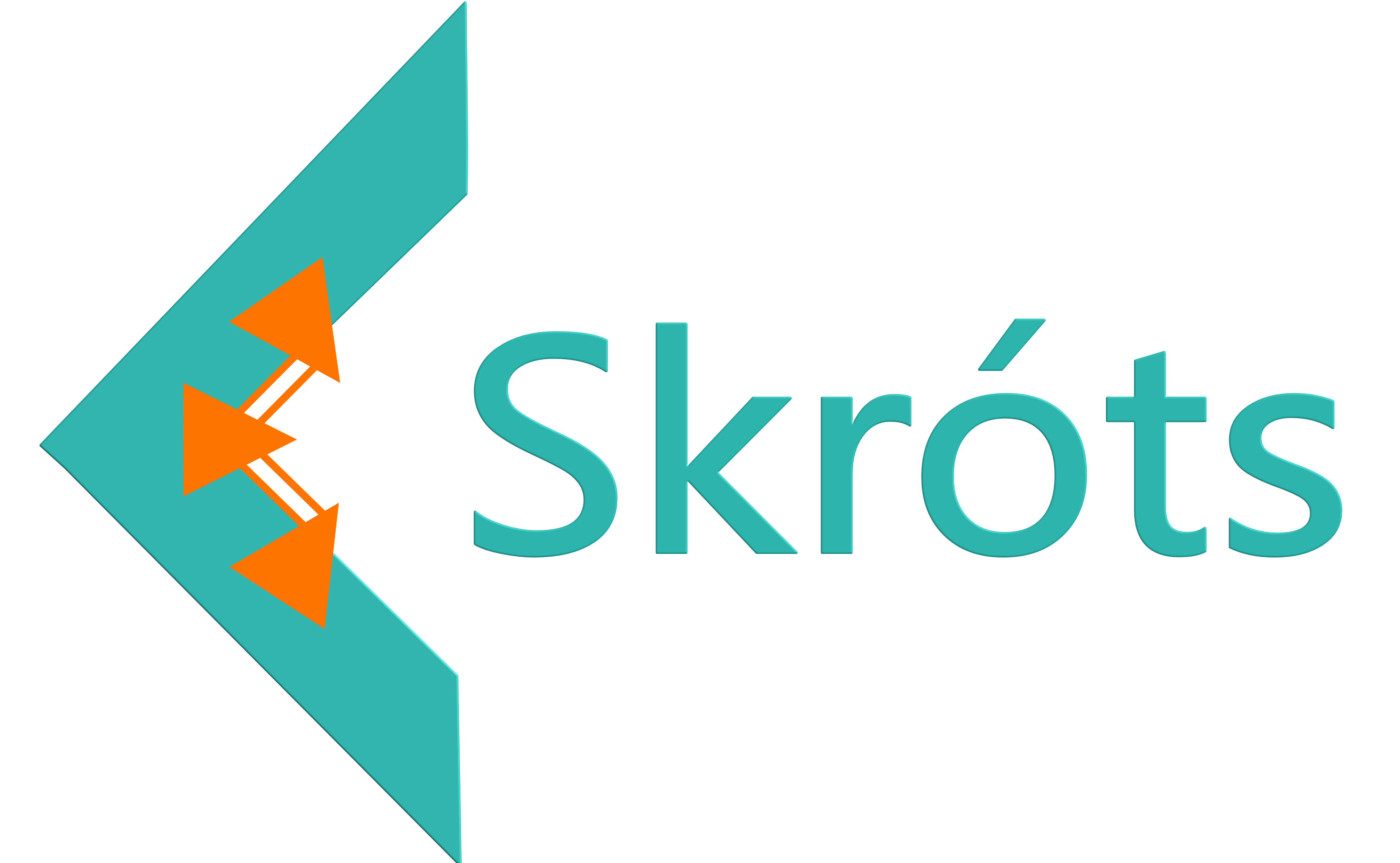Custom software solutions and scripts refer to software programs and code that are specifically designed and developed to meet the unique needs and requirements of a particular organization or individual. These solutions can be created for a wide range of purposes, such as automating business processes, managing and analyzing data, and providing specialized functionality – Skrots | Feel free to check out our gaming page.
Our applications have Top-Notch Quality and super fast loading speeds
We’ve structured our workflow processes, by which we Deliver your service within 30 days. A basic version of your application.
